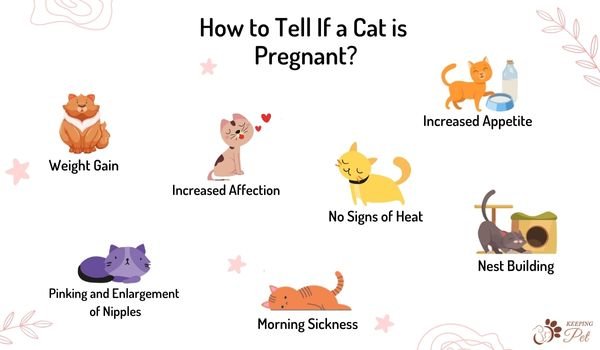Cats, being graceful and independent creatures, are often skilled at concealing any impairments or illnesses they may experience. This can make it challenging for pet owners to detect potential health issues, including vision loss. If you suspect your beloved feline companion might be losing their sight, it’s crucial to identify telltale signs and seek professional veterinary care promptly. Here’s a comprehensive guide to assist you in determining if your cat is blind or facing vision problems:

Image: www.ppgbbe.intranet.biologia.ufrj.br
Altered Behavior and Movement Patterns
One of the most noticeable indicators of vision impairment in cats is a change in their behavior and movement patterns. Cats rely heavily on their sense of sight to navigate their surroundings, so any disruption can lead to significant adjustments in the way they move. Pay attention to these potential behavioral changes:
- Disorientation: Your cat may appear lost or confused in familiar environments, frequently bumping into objects or walls.
- Hesitation and reluctance: Blind cats often hesitate or refuse to jump or climb, especially at heights, due to their inability to accurately judge distances.
- Circling: Some blind cats develop a habit of circling or pacing in circles as a way to orient themselves in their environment.
- Changes in sleep patterns: Blind cats may experience disrupted sleep patterns, becoming more active at night when it’s harder to rely on their vision.
Physical Indicators of Vision Loss
In addition to behavioral changes, there are physical signs that can indicate vision loss in cats. These physical indicators often affect the eyes themselves:
- Cloudy or opaque eyes: A healthy cat’s eyes should be clear and transparent. Cloudiness or opacity in the eyes, such as a milky or bluish appearance, can be a sign of cataracts or other eye conditions that impair vision.
- Dilated pupils: Constantly dilated pupils, especially in bright light, can indicate vision loss as the eyes attempt to take in more light to compensate for impaired vision.
- Nystagmus: This involuntary, rapid eye movement is often a sign of neurological or vestibular disorders that can also affect vision.
- Eye discharge: Excessive eye discharge, especially if it’s thick or discolored, can indicate an infection or underlying eye condition that may affect vision.
Other Signs of Blindness in Cats
Beyond behavioral and physical indicators, certain additional signs can provide clues about potential vision loss in cats:
- Reduced responses to visual stimuli: Blind cats may not react to moving objects or people as they would if they had normal vision.
- Dependence on other senses: Blind cats often rely more heavily on their senses of hearing, smell, and touch to navigate their surroundings.
- Vocalization: Some blind cats may vocalize more frequently, meowing or crying to help them locate objects or people.

Image: www.pinterest.com
How Can You Tell If Your Cat Is Blind
The Importance of Early Detection and Veterinary Care
If you observe any of the signs described above, it’s essential to schedule an appointment with your veterinarian as soon as possible. Early detection and timely intervention are crucial for addressing any underlying medical conditions that may be causing vision loss. Your veterinarian will conduct a comprehensive eye exam, including tests to assess your cat’s vision and rule out potential causes of blindness. Based on the diagnosis, your veterinarian will recommend an appropriate treatment plan to manage your cat’s condition and maintain their well-being.


/GettyImages-1303637-two-way-mirror-57126b585f9b588cc2ed8a7b-5b8ef296c9e77c0050809a9a.jpg?w=740&resize=740,414&ssl=1)


